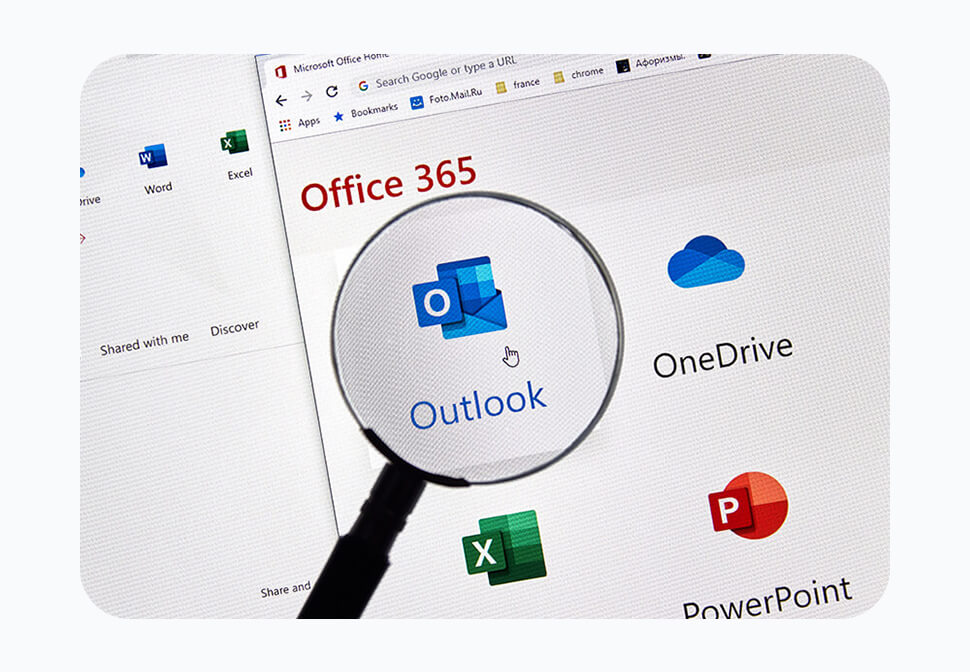As the frequency of cyber threats continues to rise, it is crucial for businesses to take proactive measures to safeguard their sensitive data and assets from cybercriminals. Data security threats are persistent and can originate from various sources.In today’s digitally advanced workplaces, nearly every activity relies on technology and data sharing. This widespread reliance creates numerous entry points through which hackers can breach systems, including computers, smartphones, cloud applications, and network infrastructure.According to estimates, cybercriminals can infiltrate up to 93% of company networks. To combat these intrusions, one effective approach is threat modelling—a cybersecurity process that involves identifying potential threats and vulnerabilities to an organisation’s assets and systems.Threat modelling assists businesses in prioritising their risk management and mitigation strategies, aiming to reduce the likelihood of falling victim to costly cyber incidents. To conduct a threat model effectively, organisations can follow the steps outlined below.
Step 1: Identify Assets Requiring Protection
Step 2: Identify Potential Threats
Next, organisations should identify potential threats to the identified assets. Common threats include cyber-attacks like phishing, ransomware, malware, and social engineering. Other categories of threats may include physical breaches or insider threats, where employees or vendors have access to sensitive information.It’s important to note that threats are not always malicious; human error is responsible for approximately 88% of data breaches. Therefore, organizations should be aware of threats related to mistakes, such as the use of weak passwords, unclear cloud use policies, lack of employee training, and poor or non-existent Bring Your Own Device (BYOD) policies.
Step 3: Assess Likelihood and Impact
Once potential threats have been identified, the next step is to assess their likelihood and impact. Organisations must understand the probability of each threat occurring and the potential consequences for their operations, reputation, and financial stability. This assessment should be based on current cybersecurity statistics and a comprehensive vulnerability assessment, preferably conducted by a trusted third-party IT service provider (Hint: Us!). Relying solely on internal input increases the risk of overlooking important factors.
Step 4: Prioritise Risk Management Strategies
The following step involves prioritising risk management strategies based on the likelihood and impact of each potential threat. Since most businesses face time and cost constraints, it is essential to rank solutions according to their potential impact on cybersecurity. Some common strategies to consider include implementing access controls, firewalls, intrusion detection systems, employee training and awareness programs, and endpoint device management. Moreover, organisations should evaluate the cost-effectiveness of these strategies and ensure they align with their business goals.
Step 5: Continuously Review and Update the Model
Threat modelling is not a one-time process; it requires regular review and updates. Cyber threats are constantly evolving, necessitating ongoing monitoring and adaptation of security measures. This ensures that the security measures remain effective and aligned with the organisations evolving business objectives.
Benefits of Threat Modelling for Businesses
Threat modelling is an indispensable process for businesses seeking to minimise their cybersecurity risk. By identifying potential threats and vulnerabilities to assets and systems, organisations can prioritise risk management strategies and reduce the likelihood and impact of cyber incidents. The benefits of incorporating threat modeling into a cybersecurity strategy are numerous.
Improved Understanding of Threats and Vulnerabilities
Threat modelling provides businesses with a deeper understanding of specific threats and vulnerabilities that could potentially impact their assets. It helps uncover gaps in existing security measures and assists in identifying effective risk management strategies. Moreover, ongoing threat modelling enables companies to stay ahead of emerging threats, as new types of cyber threats continue to emerge due to advancements in artificial intelligence. By remaining vigilant and proactive, businesses can avoid falling victim to new and evolving attacks.






